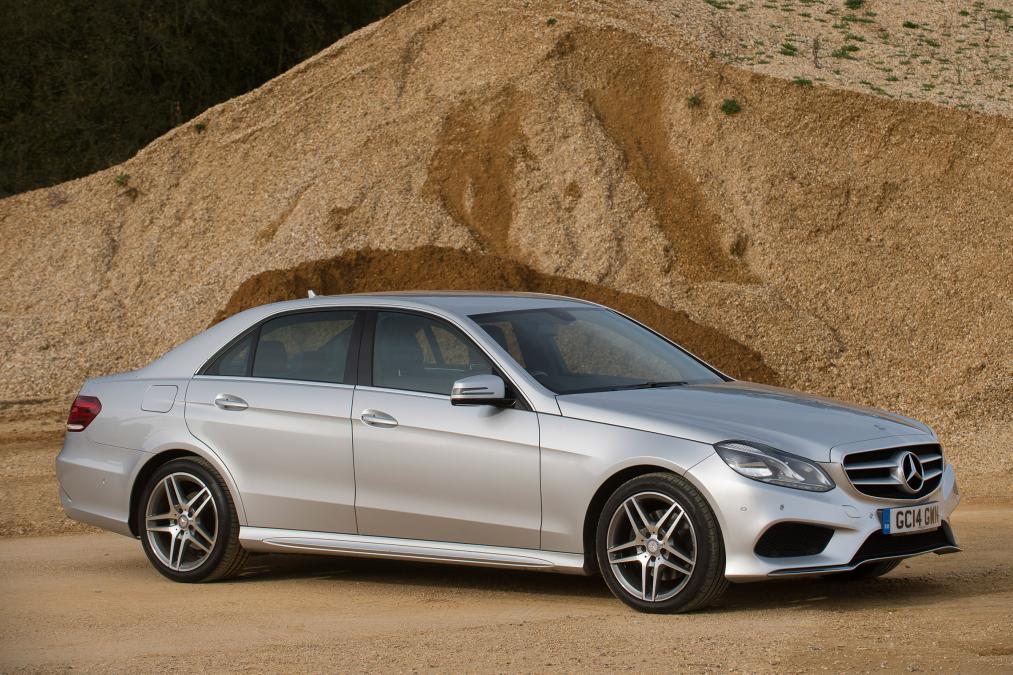Mercedes E-Class review(Used)

A full used buyer’s guide on the Mercedes E-Class, covering the E-Class Mk4 (2009-2016)
Since then the bar has been raised ever further, with more technology, safety and comfort features crammed into each successive generation.
The fourth take on the E-Class came in 2009 and it was more accomplished than ever, with a great range of petrol and diesel engines. Later there was the E300 Bluetec diesel-electric hybrid, too. Heavy depreciation makes used executive models a strong choice as a family car.
Mercedes E-Class Mk4
The Mk4 E-Class arrived in saloon and coupé forms in June 2009. There were E200, E250, E350 and E500 CGI petrol saloons, and E200, E220, E250 and E350 CDI diesels. The 525bhp E63 AMG arrived in August 2009 and a spacious estate in January 2010, with the same engines as the saloon. A cabriolet model was launched in March 2010.
The E300 Bluetec hybrid was unveiled in November 2012, four months ahead of a facelifted E-Class with significantly revised exterior styling, extra equipment – including lots of new driver assistance tech and a DAB radio – cleaner engines and SE or AMG Sport trims in place of the previous SE, Avantgarde and Sport.
An all-new, fifth-generation E-Class range was introduced in 2016.
All E-Classes are well equipped as standard; the entry-level SE comes with parking sensors front and rear, Bluetooth, heated front seats and climate control, as well as a multifunction steering wheel, artificial leather trim and 16-inch alloy wheels.
Avantgarde specification adds 17-inch wheels, real leather and bi-xenon headlights. The Sport has 18-inch wheels, a styling kit, quicker steering and upgraded front brakes.
Alternatives to the Mercedes E-Class Mk4
If you’re buying an estate, the Volvo V70 offers lots of space for relatively little cash, combined with decent build quality and excellent safety. However, running costs tend to be high.
The Jaguar XF comes in saloon or estate forms, so it’s a fine all-rounder.
Yet it’s the BMW 5 Series and Audi A6 that are the Mercedes’ closest rivals, offering a wide range of engines and trims, superb build quality, strong image and relatively high purchase prices.
What to look for:
Engines
Some diesels can suffer from faulty injectors. Feel for misfiring and look for black smoke from the exhaust.
Seating
Folding rear seats are optional in the saloon, so look out for these. They significantly boost the car’s usability.
Wheels
Diamond-cut alloys can suffer corrosion under the lacquer; you can however get them refurbished.
Motors
Four-cylinder engines are quick enough, but can be a bit harsh; the six-cylinder units are much smoother.
Interior
There isn’t much flair in the dash design, but it’s logically laid out and the quality is superb, plus the seats are comfy and supportive. Cabin space is generous for five, and the estate has a seven-seat option. Boot capacity is great at 540 litres for the saloon and a class-leading 1,950 litres for the estate. The dash may look button-heavy, but some people will find that easier to use.
Running costs
All E-Classes need attention every 15,500 miles or 12 months. Services alternate between minor and major. Servicing the AMG V8 models costs more.
Auto gearboxes need fresh fluid every four years or 31,000 miles. Chain-driven engines mean there are no cambelts to replace.
Brake fluid should be replaced every two years and the original coolant every 15 years or 150,000 miles.
Recalls
Sixteen recalls so far is hardly cause for celebration. The first came in October 2010 for possible leaks from the power-steering system. The most recent was in March 2017 due to potential electrical short circuits.
In between were campaigns for airbag and power-steering failures, the engine stalling or failing, fuel and oil leaks, the front seats working free and the self-levelling rear suspension not working properly.
